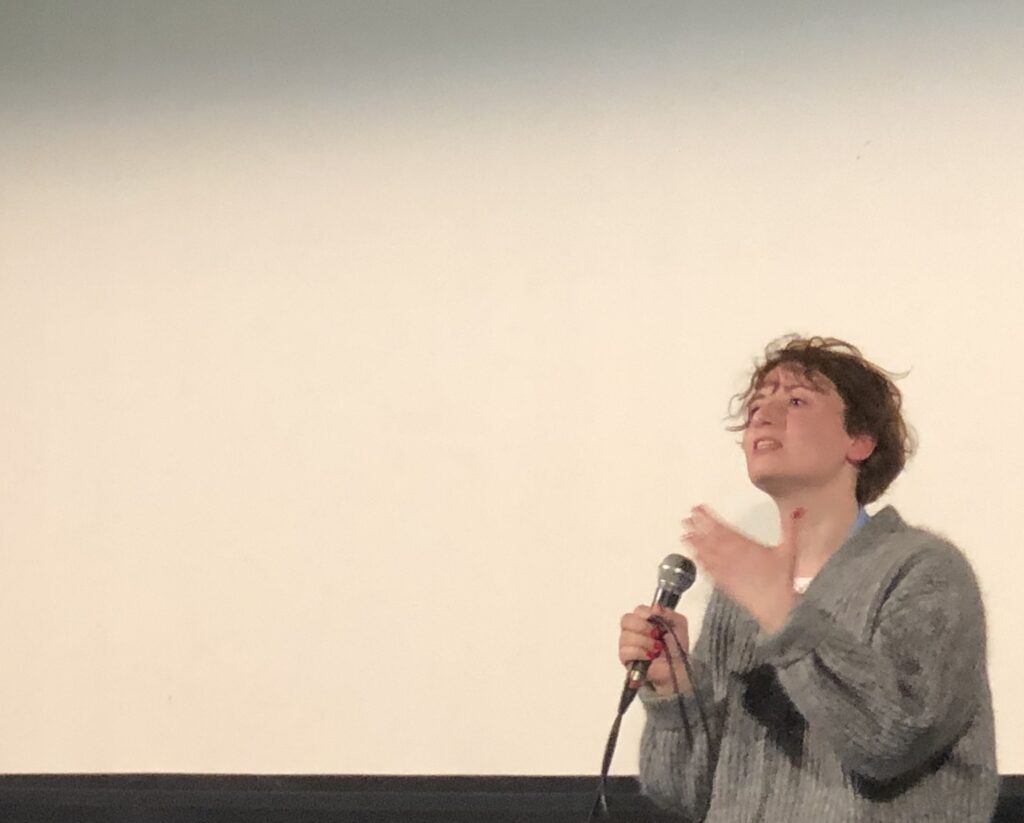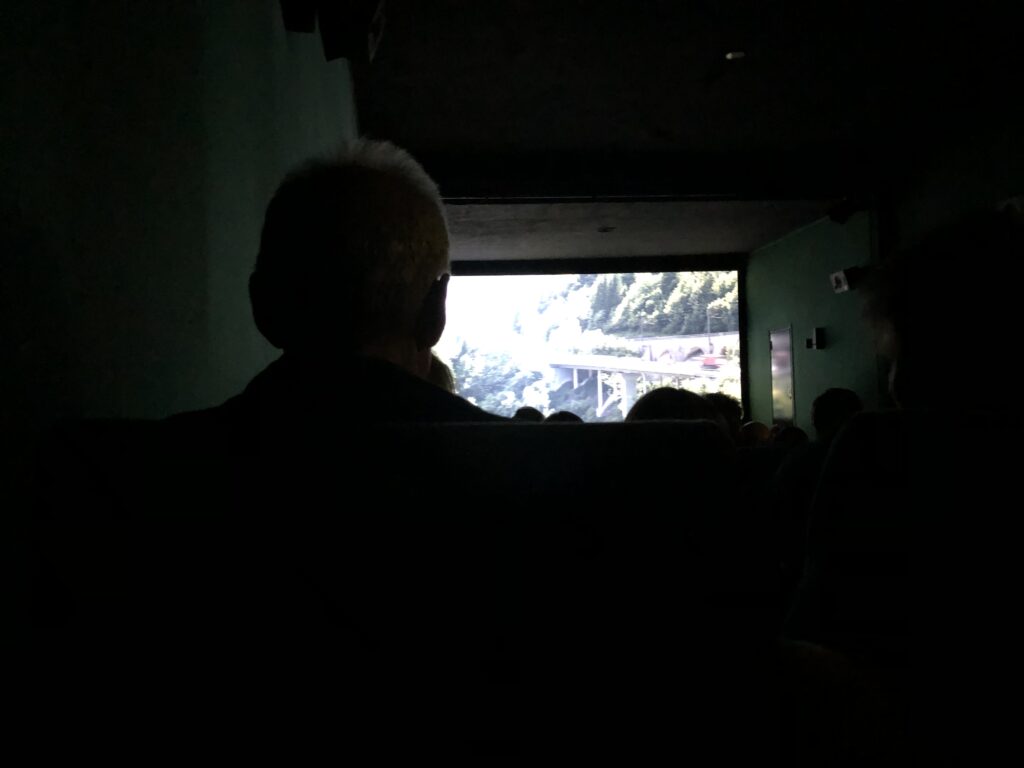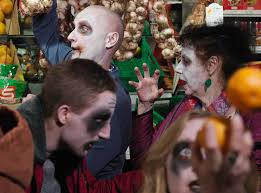Festival des österreichischen Films, Graz

LA PRIMAVERA is a story about an Italian family. The film deals with the structure of the Italian family and the power between genders. The father is the reason for the 60 year old mother to leave the family. He has been beating her. But according to some of the other family members he can also be seen as a weeping victim as his world and the household falls apart when his wife leaves. One of the husbands of the second oldest of the three sisters quotes Mussolini: “It is better to live one day as a lion than 100 years as a sheep”.
The cool trick of the film is really the narrative. The story of the family, mostly told by the mother, is told to the camera of the daughter, Valentina Primavera. She follows mostly the mother, but also many other family members, over a period of time. And the cutting and the editing of the film forms a dramaturgy that lifts the story up to an authoritative tale of an Italian family. The film is an implicit criticism of the Italian patriarchy and its repression making it very difficult, almost impossible, for the women to get out the bad marriages and leaving them with very little support. It is both convincing, touching and a great story shaped out of what seems to be messy lives. But in fact: “messy lives”, just because the roll of the father in the Italian family has never been questioned or challenged.
La Primavera by Valentina Primavera.
DER BAUER ZU NATHAL claims not to be a film about Thomas Bernhard. But it is. Indeed. It does not bring any new findings to the Bernhard research. It is a – beautiful – portrait of countryside Austria and literary iconography. The film is very much occupied with the many anecdotes about Austria’s most famous author and most of all the ones that are rooted in Ohlsdorf, in Upper Austria, where Thomas Bernhard bought a farmhouse in 1966. One of the directors, David Baldinger, actually lived very close to Bernhard’s farmhouse and was only 11 years old when he died. The halfbrother of Thomas Bernhard is interviewed for the film and points out that Bernhard rarely stayed in the house, a point that David Baldinger confirms in a talk after the film. “There was a saying”, Baldinger tells, “That if you as a child did not behave very well, Thomas Bernhard would show up”. The film is a con amore project by the two directors. It has costed very little money to make. But it is a great documentary of the-post-Thomas-Bernhard-life in Ohlsdorf, benefitting from the non-parasite approach by the two guys ability to make the locals actually SPEAK. Beautiful moments are linked to Burg Theater in Vienna. At the premiere of Bernhard’s “Heldenplatz” the inn keeper from Ohlsdorf was sitting on one of the upper back rows. The premiere was not only a major scandal but also Bernhard’s last public appearance and the only time where he appeared for the applauding on stage. For the inn keeper it was a sacred moment where he, at the back row, sensed the presence of Bernhard from the stage. At the end of the film the inn keeper revisits Burg Theater with one of the local antagonists. It is a hilarious moment where the two friends confirms the two very different discourses of Austria. As such the film reconfirms, in its double portrait of the Austrian countryside and Vienna, the very antagonistic and strange relationship between the people in the countryside and the great Austrian spirits of art linked to Vienna that are admired all over the world.
Der Bauer zu Nathal, by David Baldinger and Matthias Greuling
http://www.derbauerzunathal.at/

WALDEN is a reverse journey of a pile of wood from Admont in Styria to the rainforest in Brazil. The story is told in 12 stages by a camera following the wood as it is transported by train, truck, container and by boat and canoe and at last carried by men through the Amazonas. The film ends abruptly in the jungle and there seems to be absolutely no point to the travel. Each stage of the journey is filmed in a 360 degree panorama where the film includes the wider context of the transportation. The camera is hammering in time and place in its totality as the pile of wood passes by. In Germany the panorama is done at a bridge where a Chinese ship passes and the cars are waiting for the bridge to go down. Another panorama is in Brazil where a tennis training session is included in the film. It is both very trivial but in many ways also a piece of art that uses all the means to show the absurdity of capitalistic culture. David Zimmerman, the director, told the audience after the showing of the film at Diagonale 19 that there was really no point of the travel of the pile of wood to Brazil. It has not even been used to repair a house or building a small bridge. The wood is now stored in his atelier in Vienna where he is working on an exhibition of the project.
Walden, by David Zimmermann.
Also seen:

KINDER DER TOTEN by Oklahoma Nature Theatre. I was there during the takes in Styria 2017 but missed the bus and the readings of Elfriede Jelinek’s novel. Very happy to see this amazing participatory film where the people of Neuberg played the roles of the film. The film is a Super 8 film without words with an incredible score. US B-culture meeting high european literary art work and very succesful in all its dimensions. “All these Super 8 films from our childhoods. Most of the people that were on them are now dead leaving only the ghosts on the films to follow us.”
STILLE OZEAN after the novel of Gerhard Roth. Classic b&w film recorded in South-Styria.